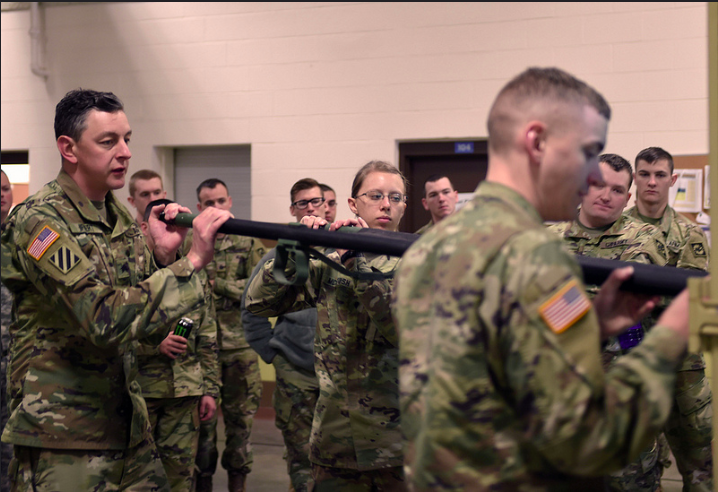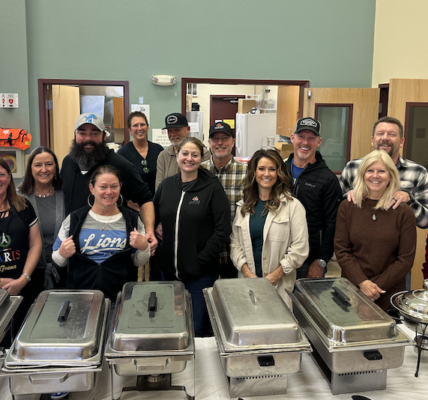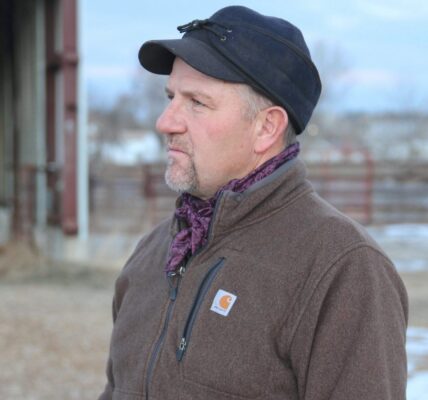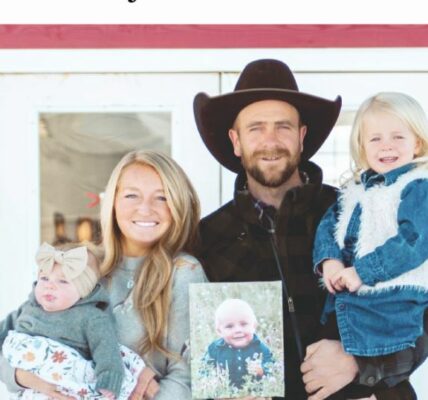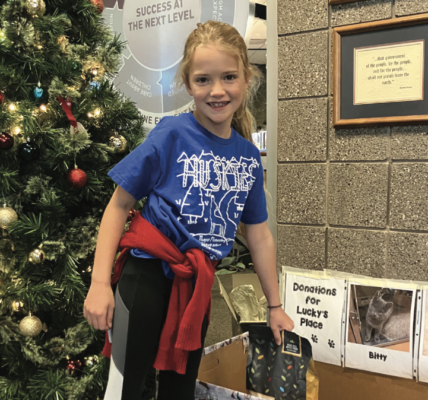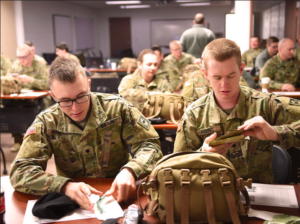 About 40 artillerymen assigned to the Wyoming Army National Guard’s Headquarters and Headquarters Battalion 2/300 Field Artillery Battalion, Forward, spent 40 hours this week learning how to keep one another alive in the event of a combat casualty while deployed overseas later this year.
About 40 artillerymen assigned to the Wyoming Army National Guard’s Headquarters and Headquarters Battalion 2/300 Field Artillery Battalion, Forward, spent 40 hours this week learning how to keep one another alive in the event of a combat casualty while deployed overseas later this year.
All soldiers are taught basic first aid skills during their initial entry training, but Combat Lifesaver Training cranks it up a notch while refreshing those perishable skills.
“I really didn’t remember much from basic,” said Spc. Michael Maycock, a fire direction operator with the High Mobility Artillery Rocket System unit. “It was like ‘check for bleeding and shock, and call the medics.’ Now I’m like really in between the soldier and the medic and feel like I can do something.”
When the unit deploys to the Central Command this spring, they are set to perform their standard HIMARS mission. To simulate a real-world scenario and gain familiarity with rescuing a comrade from a launcher or a HUMVEE, they extracted mock-casualties from those vehicles as part of the training. Most of the soldiers described the training aids as “realistic, useful and important.”
Pfc. Tyler Pope, a wheeled vehicle mechanic, said he felt empowered following the training.
“It feels like a really important mission-essential task,” he said. “We got a lot of hands-on training, so it was really helpful and I really enjoyed it. I feel like I could make a difference.”
Sgt. Matthew Iffert, a medic with the HHB, and the course noncommissioned officer in charge, said he and a group of other medics put in a lot of hours preparing for the class, while maintaining the format of the Army’s CLS training doctrine.
“It’s a big deal to the medical personnel that they go out the door prepared, so we wanted to give them the most realistic training we could,” Iffert explained. “They are not just helping each other, but also the medical personnel that will follow them (in treating casualties). With them trained properly, it takes some pressure off of us.”
Part of that mission is ensuring the newly CLS-certified soldiers have the equipment and supplies needed to get the job done, and moreover, where to find it in their “A-Bags.”
During the practical exercise, following lengthy classroom training, the soldiers were issued bags containing essential tools such as tape, gauze, tourniquets and other life-saving devices. Iffert told them afterward that the bags were intentionally disorganized in order to add stress during the evaluation that saw the soldiers extracting mock-casualties from vehicles and treating gunshot wounds on a roadside, among other scenarios.
“We had you in a moderately stressful situation yesterday,” Iffert admitted, while the students carefully inventoried and organized the contents of their CLS bags. “Those bags are full and you would open them and they’d blow up on you, and people would be looking for an item they were holding in their hand. Now we want to ensure these bags are all stocked uniformly and organized correctly.”
Sgt. Mark Zollinger, a gunner, and one of very few in the class who has deployed before, and received CLS training prior to that, was impressed with the class.
“It was a good refresher for me, for sure,” he said. “It was really good training. I feel really comfortable with these skills. Last time, we didn’t have any medics assigned to us, so everyone that deployed was CLS certified. Now we have about five medics going and a good group of us that are CLS certified. We’re in good hands.”

